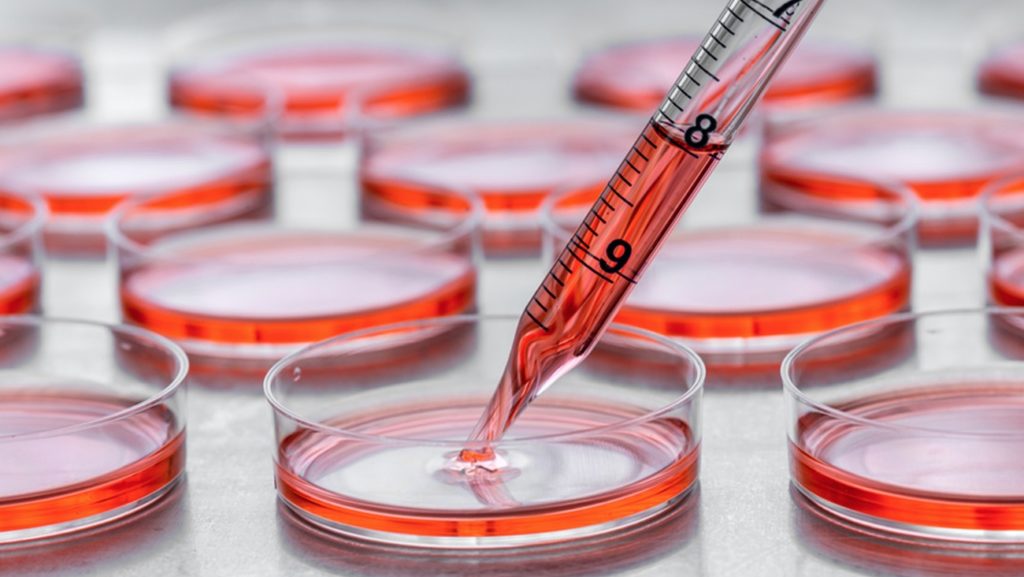
Introduction to cell culture and its applications
Cell culture is one of the crucial tools in basic scientific research. Cell culture refers to the cultivation in a controlled environment of cells derived from an animal or a plant. Today, various cell culture techniques are used in laboratories around the world and this article is an introduction to cell culture applications (1,2).
1. Model systems in understanding diseases mechanism
Cell culture provides a platform to study the interaction between healthy and pathogenic agents and infection routes. For instance, the development of immortalized cancer cell lines through different treatment strategies has given researchers insight into molecular mechanisms of cancer biology.
2. Drug development and screening
Animal cell cultures are widely used to screen novel drug compounds to assess their efficacy and cytotoxicity. Most common animal cell cultures used for these purposes are derived from kidney and liver.
3. Vaccines production
Cell cultures are used for large-scale production of viruses for vaccine development against polio, measles, rabies, and chickenpox. They are also used to produce commercial medical products like antibodies and hormones.
4. Tissue regeneration and transplantation
Cells or tissues removed from patients or healthy donors are cultured or processed in suitable conditions to maintain their main characteristics. Stem cells have the capacity to regenerate and differentiate into specialized cell types that can be used as replacement tissues or organs.
5. Genetic engineering
Animal cell cultures can be used for genetic engineering and gene therapy for clinical or therapeutic purposes. Patient-derived cells can be engineered and replaced to have the desired functional gene. Alternatively, the missing gene can be added using a viral vector approach or the dysfunctional genes can be restored by genome alteration.
References
1. Segeritz CP, Vallier L. Cell Culture: Growing Cells as Model Systems In Vitro. Basic Science Methods for Clinical Researchers. 2017:151–72. doi: 10.1016/B978-0-12-803077-6.00009-6. Epub 2017 Apr 7. PMCID: PMC7149418.
2. Drexler HG, Uphoff CC. Mycoplasma contamination of cell cultures: Incidence, sources, effects, detection, elimination, prevention. Cytotechnology. 2002 Jul;39(2):75-90. doi: 10.1023/A:1022913015916. PMID: 19003295; PMCID: PMC3463982.



